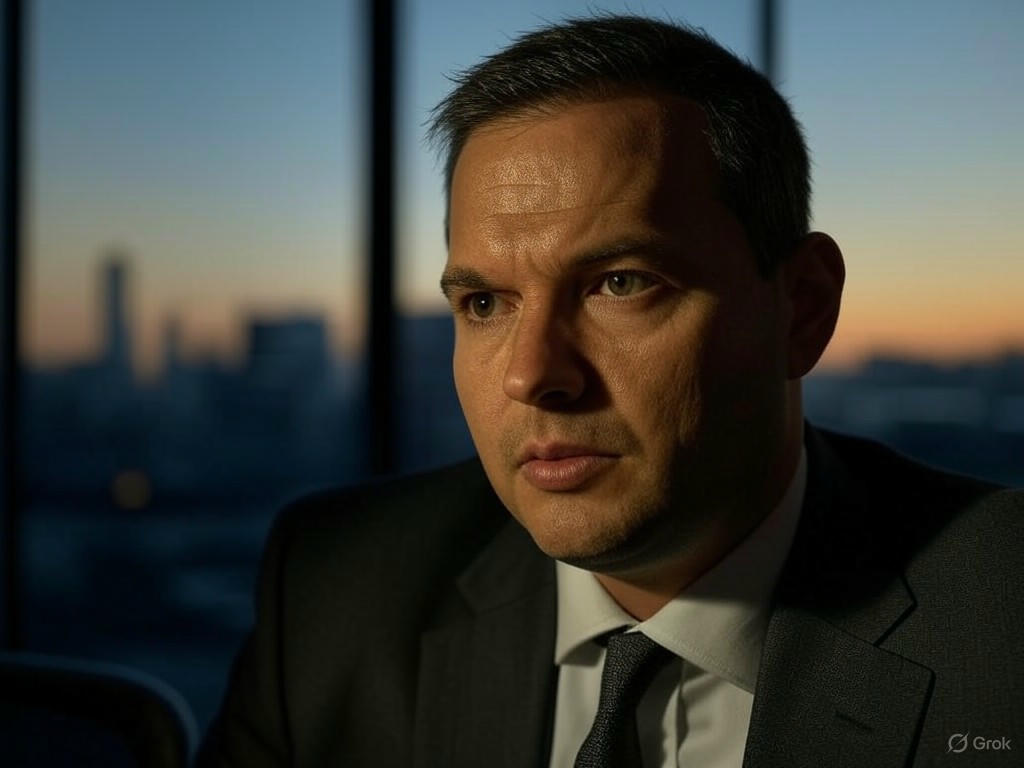Crude Oil Futures Edge Higher in Asia Amid Cautious Optimism
In the early hours of Asian trading, crude oil futures have shown a modest uptick, defying expectations of a more significant surge. This subtle rise, observed on June 22, 2025, reflects a complex interplay of global economic signals, geopolitical tensions, and market sentiment. While traders had braced for a sharper increase due to ongoing supply concerns in key oil-producing regions, the tempered growth suggests a market grappling with uncertainty rather than outright panic.
The incremental climb in oil prices comes against a backdrop of mixed economic data from major economies. On one hand, demand projections from Asia, particularly China, remain a focal point for investors. As the world’s largest oil importer, China’s industrial recovery has been slower than anticipated, casting a shadow over expectations for robust consumption. Meanwhile, supply-side pressures persist, with whispers of potential disruptions in the Middle East adding a layer of unease. Yet, the absence of concrete developments—such as confirmed production cuts or escalated conflicts—has kept the market from reacting more aggressively.
Analysts point to a cautious optimism among traders, who appear to be weighing short-term risks against longer-term fundamentals. The muted response in futures pricing could also be attributed to recent inventory reports from the United States, which indicated a smaller-than-expected drawdown in stockpiles. This data has tempered fears of an immediate supply crunch, allowing the market to absorb shocks without spiraling into volatility. Additionally, the strengthening of the U.S. dollar in recent days has exerted downward pressure on oil prices, as a stronger currency often makes commodities less attractive to international buyers.
Beyond these immediate factors, the broader energy landscape is also influencing market dynamics. The push for renewable energy adoption, coupled with policy shifts in major economies, continues to create uncertainty about oil’s long-term demand trajectory. While fossil fuels remain integral to global energy needs, the gradual pivot toward greener alternatives is reshaping investor confidence. Some market watchers argue that this transition may be contributing to the restrained price movements, as speculative fervor over oil futures wanes in the face of evolving priorities.
As the trading day progresses, all eyes will be on forthcoming economic indicators and geopolitical updates that could sway oil prices in either direction. For now, the modest rise in crude oil futures serves as a reminder of the delicate balance between fear and pragmatism in global markets. Traders and policymakers alike are treading carefully, aware that any sudden shift—be it a supply disruption or a demand surge—could tip the scales. While the current stability offers a momentary breather, the underlying currents of uncertainty suggest that the oil market’s story is far from over. Stakeholders will need to remain vigilant, as the coming weeks could bring new challenges or opportunities to this ever-fluctuating sector.


